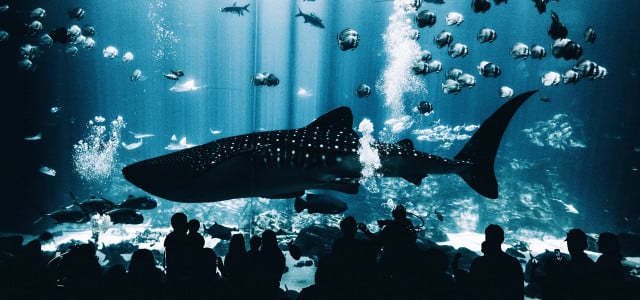On a 2018 cruise, the security watch of the MS Bremen shot and killed a polar bear after it injured a crew member. Reports of the incident shook the world. Unfortunately, this is only one sad example of animal cruelty resulting from tourism.
The cruise vessel MS Bremen was docked for a shore leave while travelling through the remote Norwegian island chain known Svalbard, located halfway between mainland Norway and the North Pole. MS Bremem’s crew began preparation for landfall.
So-called “polar bear guards” inspected the area for threats. During their search, they crossed paths with a polar bear. While defending its territory, the animal attacked one of the guards inflicting non-fatal injuries. The crew shot and killed the polar bear in an “act of self-defense,” the tour operator Hapag Lloyd later expressed in a press statement.
But why did things have to come this far? Polar bears are already high on the endangered species list. Their habitats are already shrinking at alarming rates due to climate change as it is. Should cruise ships even be allowed to travel in such environmentally sensitive areas?
The MS Bremen polar bear incident is only one depressing example of the carelessness involved in nature tourism.
1. Please Don’t Ride Elephants
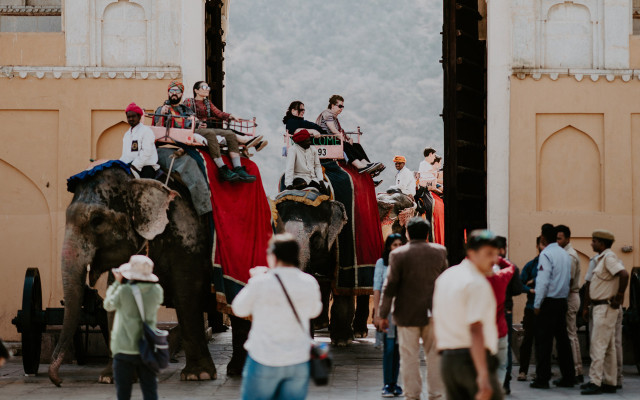
Whether in Thailand, Sri Lanka or Myanmar – for many, riding elephants is a major highlight of the vacation. Elephant tour services even go as far to claim that it does the animals good. Reality couldn’t be farther from the truth.
The usual tourist experience depicts elephants as “domesticated” animals which have fully adapted to life alongside humans. According to a report published by World Animal Protection, this term as well as the reassuring perception of the animals as “well-cared-for pets” is highly inaccurate and misleading.
In Sri Lanka and Thailand, elephants are captured illegally in order to be bread into the tourism industry. Some reports claim that extremely protective families of elephants may even be killed while hunters capture the calf.
Since no wild elephant would ever submit to letting a human ride on its back, shortly after capture the animals generally undergo an extremely harsh and cruel period of treatment known as “breaking-in”, “crush” or “phajaan.” The primary goal of this measure is to establish dominance over the elephant.
Keepers will go to extreme lengths to break an elephant. According to the report cited above, “[i]n many cases, severe pain is inflicted to speed up the process, including stabbing with hooks or other tools to establish dominance over the elephant.” This trauma leaves its mark on the animal’s physical and psychological well-being. Recent research has seen these forms of cruelty to result in PTSD in elephants.
Elephants are wild animals which belong in the wild and not as a part of tourist attractions. World Animal Protect suggests to avoid these tours and similar attractions involving up close and personal contact with elephants. Instead, professional guides offer a much safer and friendlier experience (for both parties involved), such as non-intrusive observation in their natural habitat.
2. Aquariums and Animal Shows
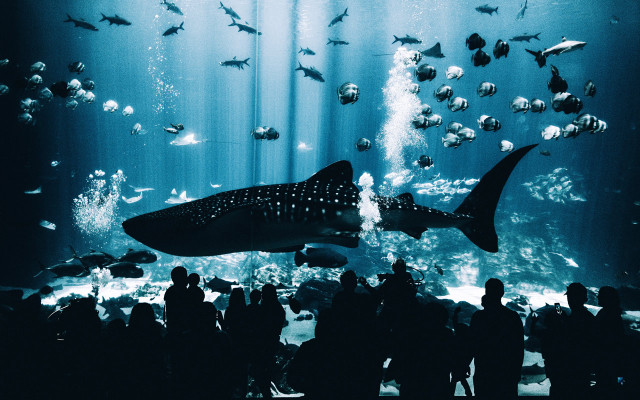


Aquariums and animal shows give animals fan the opportunity to watch orcas and dolphins up close. For many vacationers, witnessing some of the earth’s largest creatures less than a foot away is simply an opportunity of a lifetime.
To no surprise, the feeling isn’t mutual. For the fish and mammals themselves, these captive experiences usually translate into pure stress. Animal welfare conditions for many of these creatures are often appalling. In the wild, dolphins can swim upwards of 60 miles and dive close to half a mile deep. Most aquariums offers about 40 feet at best.
During animal shows, dolphins and orcas are constantly subjected to loud noise of the music and crowd – and that’s if they even live long enough. Numerous animals die in aquariums, shortly after capture due to massive amounts of stress or as a result of sickness or deprivation in captivity.
Pool-bound dolphins cannot dive to escape the sun and therefore often suffer from sunburn. Chlorine in the pools can cause skin and eye problems and the stress of captivity can induce heart attacks and cause gastric ulcers. There have even been reports of dolphins committing suicide by purposely drowning themselves.
3. Shark, Dolphin and Whale Watching
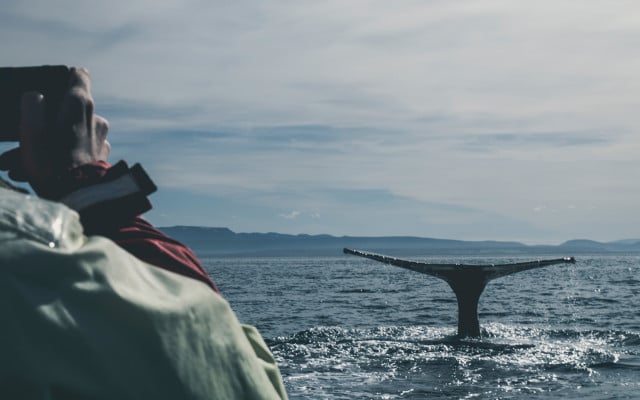


Aquariums aren’t the only problem. Just as detrimental to wildlife are animal attractions such as dolphin, sharks, ray and whale watching in their natural habitat. Whether in Mexico, off the coast of Alaska or in the Bahamas, tourists can dive, snorkel, and boat alongside and up close these creatures – in some cases closes enough to touch.
The greater the number of tourists swarming around these animals, the greater the stress is for these creatures. The consequence: injuries and changes in normal species behavior. Animals flee out of fear and are constantly driven from their natural habitats.
Dolphin watching, a popular tourist attraction off the coast of Tunisia (as well as many other places) lead dolphins to care less for their young, leaves them stressed and with far less time to hunt for food. The dolphins are also known to spend less time playing and showing affection.
4. Posing with Tigers
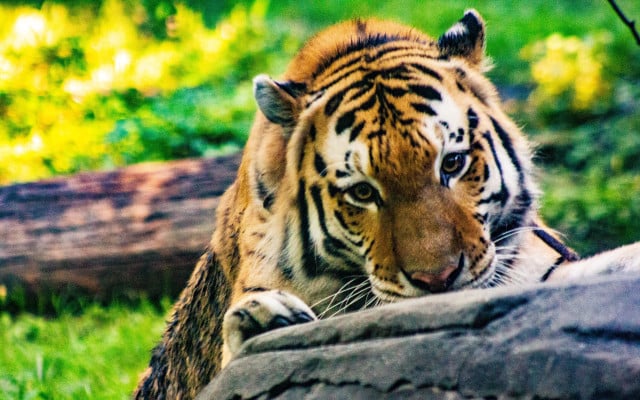


You may not even have to travel to Thailand to get a shot with one of the world’s largest cats. Currently, there are more tigers living in captivity in the United States than there are in the wild – and that’s worldwide. Tigers are also commonly used as photographic props in countries such as Thailand, Australia and Mexico.
It is no uncommon for those tigers to be sedated. Cubs often endure great pain while being bread in captivity. Taken from their mothers early on, tiger cubs painfully have their canine teeth and claws removed, undergo harsh training practices and confinement. Tigers bread relatively quickly in captivity, thus making it easier for keepers to meet rising demand for photo-ops and close-encounter experiences.
5. Close Encounters with Sharks and Baby Alligators
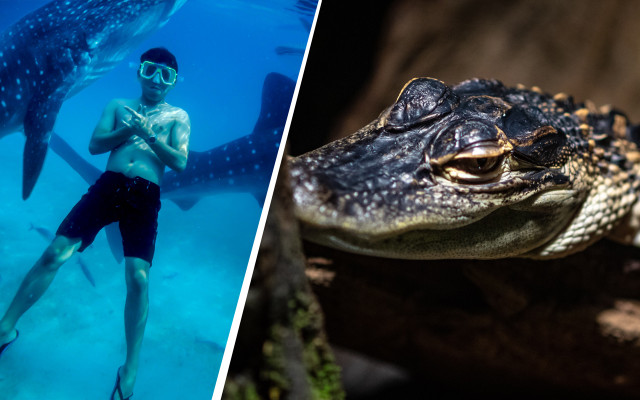


For vacationers, it’s a once-in-a-lifetime experience and a whole lot of fun. For animals, it’s unnecessary stress and trauma with lasting consequences. Many of our planet’s most visited vacation destinations offer their visitors the opportunity to pet, pick up and pose for pics with wild animals. Selfies with baby animals have become particularly popular.
Animals of all ages are subjected to stressful and abusive handling by tourists. And it gets worse: According to PETA, primates often have their teeth pulled or clipped so they can’t harm humans. For the same reason, baby alligators in the Everglades have their mouths clamped shut.
Another report by PETA cites a restaurant in Mexico which offers tourists the chance to swim and take photos with a nurse shark – at a small fee, of course. The fish lives in alarming conditions in an undersized pool. Each photo-op is another round of torture for the shark. See for yourself:
PETA recommends scratching animal tourist attractions such as these from your list. Each elephant ride, whale watching tour, or selfie you take with a fearful young animal only fuels the animal tourism industry and supports future captivity, cruel treatment and suffering of wild animals.
This article was translated from German to English by Evan Binford. You can view the original here: Die armen Tiere: 5 Touristen-Attraktionen, die man auf keinen Fall mitmachen sollte.
** Links to retailers marked with ** or underlined orange are partially partner links: If you buy here, you actively support Utopia.org, because we will receive a small part of the sales proceeds. More info.Do you like this post?






